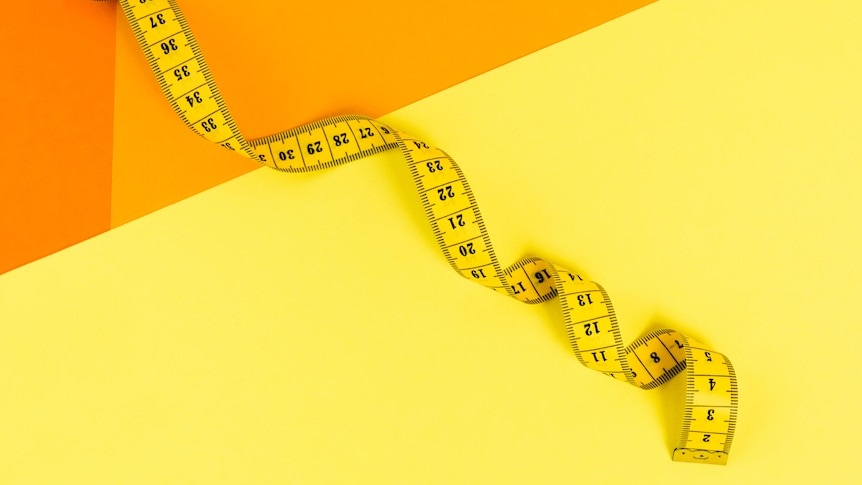
On May 20, 1875, delegates from 17 countries gathered in Paris and signed the Metre Convention, also known as the Metre Treaty.
At that time, it was not uncommon for countries, states, and even cities to have completely different ways of measuring distance and mass, hindering trade and stunting the progress of science .
To standardize and unify these definitions, the Metre Treaty established the International Bureau of Weights and Measures, which first defined the metre and the kilogram.
Over the years, more and more countries signed the Metre Treaty. Several other units of measurement were also introduced to form the International System of Units, which is the basis for the metric system. However, the "metre" existed first, and it was not until nearly 100 years later that the treaty bearing its name was signed.
The story begins during the French Revolution.
History of the meter
In the late 1700s, revolutionaries shaping the new French republic abolished old traditions associated with royalty and religion.

And in that innovation, a new system of measurement was born.
Anyone can use the system and it is tied to fundamental properties of nature, not the length of a king's arm or something that changes over time, said Bruce Warrington, chief executive and chief metrologist at the National Measurement Institute of Australia.
So mathematicians and scientists of the time stipulated that the length of a meter - derived from the Greek word "metron", meaning "a measurement" - was equal to one ten-millionth of the distance from the North Pole to the equator running through the Paris Observatory.
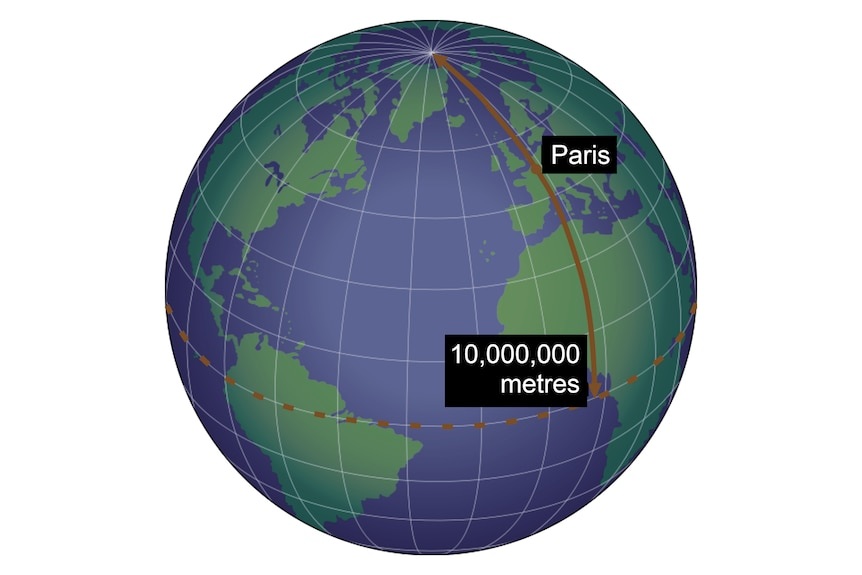
In 1792, the two astronomers calculated this distance together and seven years later, in 1799, they presented their final measurement to the French Academy of Sciences, which created a "Storage Meter" in the form of a platinum bar.
It was later discovered that the two astronomers had made a slight miscalculation and the meter we know today was 0.2 mm shorter than it actually was.
The Archive Meter and its replicas were eventually replaced by approximately 30-meter-long rods made of a stabilized platinum-iridium alloy. These were distributed worldwide in the late 1890s and remained the “standard” meter for many decades.
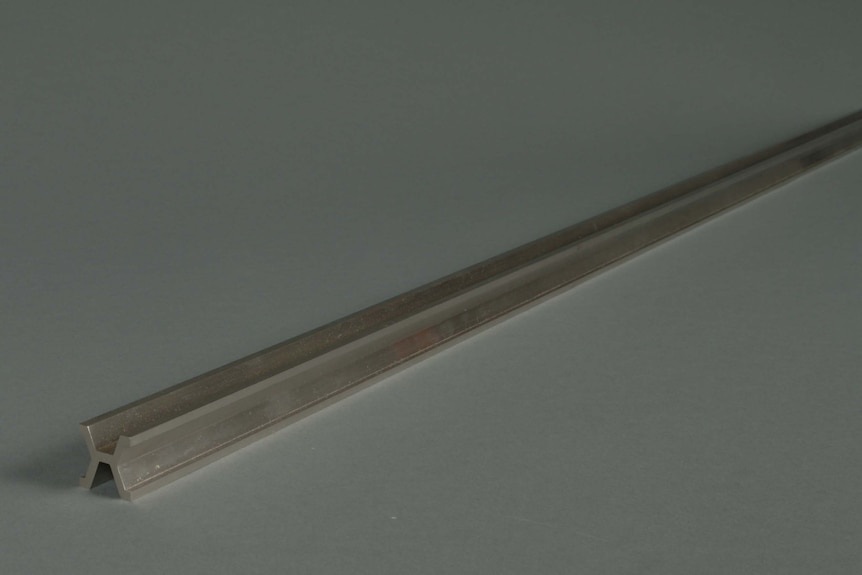
But as science progressed, the definition of the meter changed. This change began at the beginning of the last century, when scientists discovered that they could measure distances using light.
Light travels in waves. If you know the distance between each wave—called the wavelength, which is literally the length of the wave—you can use light as a very good measuring stick.
And in 1960, platinum alloy bars were introduced and a new definition of the meter was introduced. When an electric current is passed through a light bulb containing krypton gas, the krypton atoms emit light, including red-orange wavelengths. One meter is 1,650,763.73 times the wavelength of this particular red-orange light.
Meanwhile, electronics manufacturing began to shrink to incredibly small sizes. The transistors in a smartphone's integrated circuit are just billionths of a meter wide.
So we need gauges that can test and control manufacturing quality at that level of sophistication, which the definition of a krypton meter cannot do.
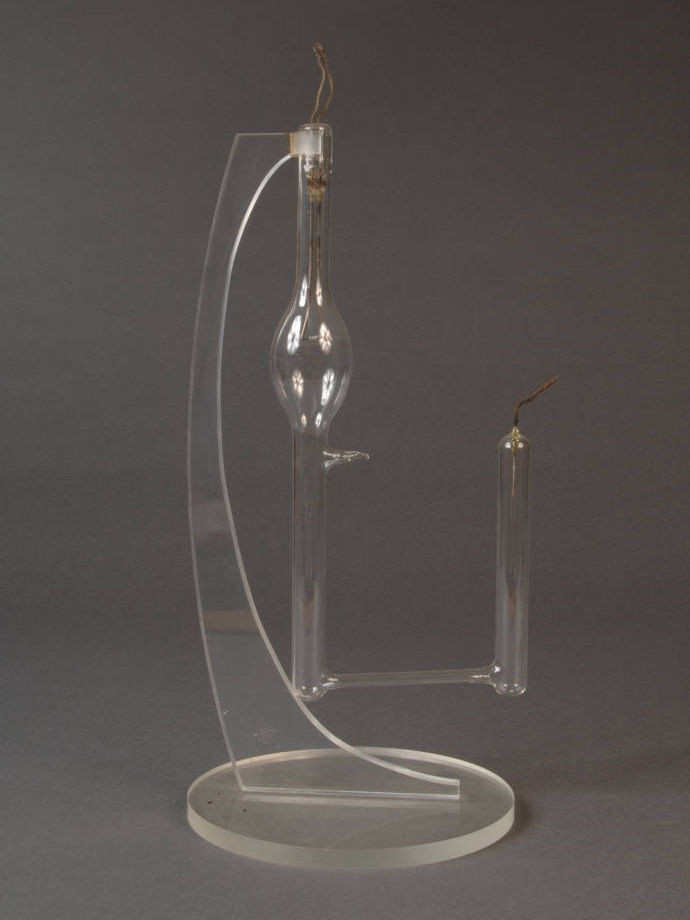
Since 1960 there have been many advances in measuring time accurately using atomic clocks. Their "ticks" are produced by oscillations of radiation emitted when atoms are illuminated with laser light.
And they can tick billions of times per second. This new ability to divide seconds into ever-smaller slices, combined with a universal physical constant, the speed of light, has redefined the meter.
Since 1983, a meter has been considered the distance light travels in a vacuum in 1/299,792,458 of a second (because light travels at 299,792,458 meters/second).
This new definition, which combines time and the speed of light, opened up new ways to measure length. Scientists used it to accurately measure the distance from Earth to the Moon, for example.
The Apollo astronauts left a kind of mirror on the surface of the Moon, and to this day, we can still shoot a laser at that mirror and time the light to travel to the Moon and back, and use this measurement to accurately calculate the distance between the Earth and the Moon.
These measurements show that the Moon is moving away from Earth at a rate of about 3.8 centimeters per year.

The slow adoption of the metric system
While the metre and other units of measurement are being redefined, each signatory to the Metre Treaty must adopt the metric system in its own time. This transition period can be very long, sometimes decades.
The United States was one of the first countries to sign this treaty, but today, in everyday life in the United States, English units of measurement are still widely used, although the metric system is legally recognized and is the core of civil measurements.
The official national standards for mass and distance in the United States remain the kilogram and the meter, as in other countries.
Inconsistencies still exist in food measurements. For example, in Australia, a tablespoon is equal to four teaspoons, while in other countries a tablespoon is equal to three teaspoons. Nor is the “cup” measurement consistent across countries.
So if you are cooking something that requires a recipe, you have to look up which country the recipe originated from and compare it to the appropriate measurement system where you live.
Source: https://dantri.com.vn/khoa-hoc/150-nam-truoc-17-nuoc-da-ky-mot-hiep-uoc-anh-huong-den-tan-ngay-nay-20250523002632651.htm



![[Photo] The Government Standing Committee works with ministries and branches on the real estate market situation.](https://vphoto.vietnam.vn/thumb/1200x675/vietnam/resource/IMAGE/2025/5/24/e9b5bc2313d14c9499b8c9b83226adba)

![[Photo] Ho Chi Minh City holds funeral for former President Tran Duc Luong](https://vphoto.vietnam.vn/thumb/1200x675/vietnam/resource/IMAGE/2025/5/24/9c1858ebd3d04170b6cef2e6bcb2019e)







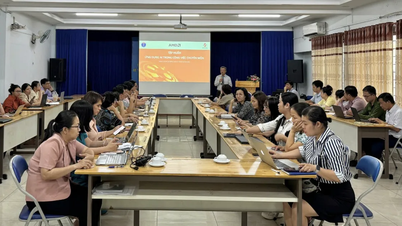









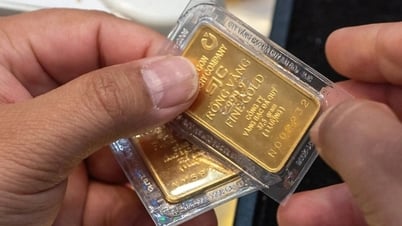




![[Photo] Party and State leaders visit former President Tran Duc Luong](https://vphoto.vietnam.vn/thumb/1200x675/vietnam/resource/IMAGE/2025/5/24/960db9b19102400e8df68d5a6caadcf6)


































































Comment (0)